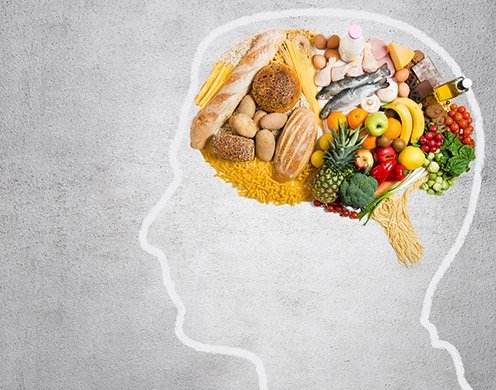An interesting survey by the New York Times was conducted recently that caught my attention. The survey data were used to compare the opinions of expert nutritionists with the opinions of the general public about the healthfulness of a variety of foods. Results of the survey demonstrated a number of differences between the way the public and nutritionists rated several foods. For example, over 70% of the public felt granola bars were healthy, whereas only 30% of nutritionists felt the same. Why is there a difference of opinion?
When it comes to deciding whether a food is healthy, it is not so black or white. There are shades of grey in determining whether a food is healthy or unhealthy for a number of reasons.
- Judging a food by its fat content alone is not enough. This relates to the recent news about the FDA reworking their outdated definition of healthy for food manufacturers. Frozen yogurt has been labeled a healthier alternative to high fat ice cream and the public has been well informed of this for over 20 years. However, the amount of sugar in frozen yogurt leads nutritionists to a rating that is not healthy. Bottom line: Both fat (specifically saturated fat) and sugar can be bad for your heart health, so calling a food healthy without considering the sugar content is inadequate. This is also true for granola and granola bars.
- The amount of food that is eaten needs consideration. Some foods can be healthy when eaten in moderation or infrequently—lean beef for example. It is great source of protein, iron and zinc, but when eaten in excess, the amount of saturated fat in even lean beef could make it an unhealthy choice. Nuts and cheese are also examples. Bottom line: consider how much and how often you eat a particular food.
- Using food processing as a deciding factor may unnecessarily limit your choices. Natural whole foods are typically seen as the gold standard for being healthy. But, a good portion of our food supply, especially vegetables and fruits, are processed by definition in that they are canned or frozen and can be an important component of a healthy diet. A number of whole grain foods are processed, like cracked wheat or bulgur, 100% whole grain breads. or pastas. Bottom line: some processing can result in a healthy product, but always read the food labels to look for how much additives, preservatives, sugar, salt may be included in the product.
- Individual tolerance for foods varies. Foods can be healthy for one person, but may not be healthy for another. For example, someone who is allergic to or sensitive to gluten would not find 100% whole wheat to be healthy. And, low-fat dairy would not be healthy for someone with lactose intolerance. Bottom line: we are all unique and there really is no one size fits all approach to a healthy diet.
- Beliefs about foods or personal bias on what defines a healthy diet can impact food selection. In my twenty plus years as a registered dietitian, I have met hundreds of people and many have very strong beliefs about what foods are healthy and what foods are not. Often these decisions are based on the person’s choice of eating strategies rather than on the quality or attributes of the food in question. Bottom line: let’s stop the diet wars and realize that most diets can find common ground—whole or minimally processed foods, lean proteins, lots of vegetables, healthy fats.
- Medical experts do not always agree. This is an unfortunate reality that results in a hot topic for the media and creates much confusion for everyone else. Think of the current debate about butter. Some experts are saying saturated fat (butter) is healthy. If you love butter that is probably all you need to hear to put butter back in your life and on your toast. Other experts caution that butter is “not back” and that saturated fat should be limited, especially for those who have elevated blood cholesterol, pre-diabetes or diabetes. Bottom line: it’s your decision, but weigh both sides of the controversy. If you are not an expert nutritionist or a biochemist, you will want to find out what the majority of experts on the science behind fats and heart health have to say. And, please don’t fall for the latest headlines.
- Nutrition science continues to evolve. We know more today than ever about what foods are healthy and what foods are not. But, there is still much we do not know. Recently the 2015 Dietary Guidelines were published. Probably the most important thing to note about these updated recommendations is that the overall dietary pattern that a person consumes is vitally important to that person’s health and longevity. Bottom line: the overall foods you eat rather than one single food is what’s most important.
So rather than asking if one food is healthy or not, look at all the foods you eat in a day or week and ask yourself this: is my overall diet one that includes a variety of lean proteins, whole grains, abundant vegetables, nuts, seeds, legumes, plant based fats, and low-fat dairy or dairy alternatives? If you answer yes, then good for you!
For more information on the New York Times survey, read the blog “Is Sushi ‘Healthy’? What About Granola? Where Americans and Nutritionists Disagree.”
